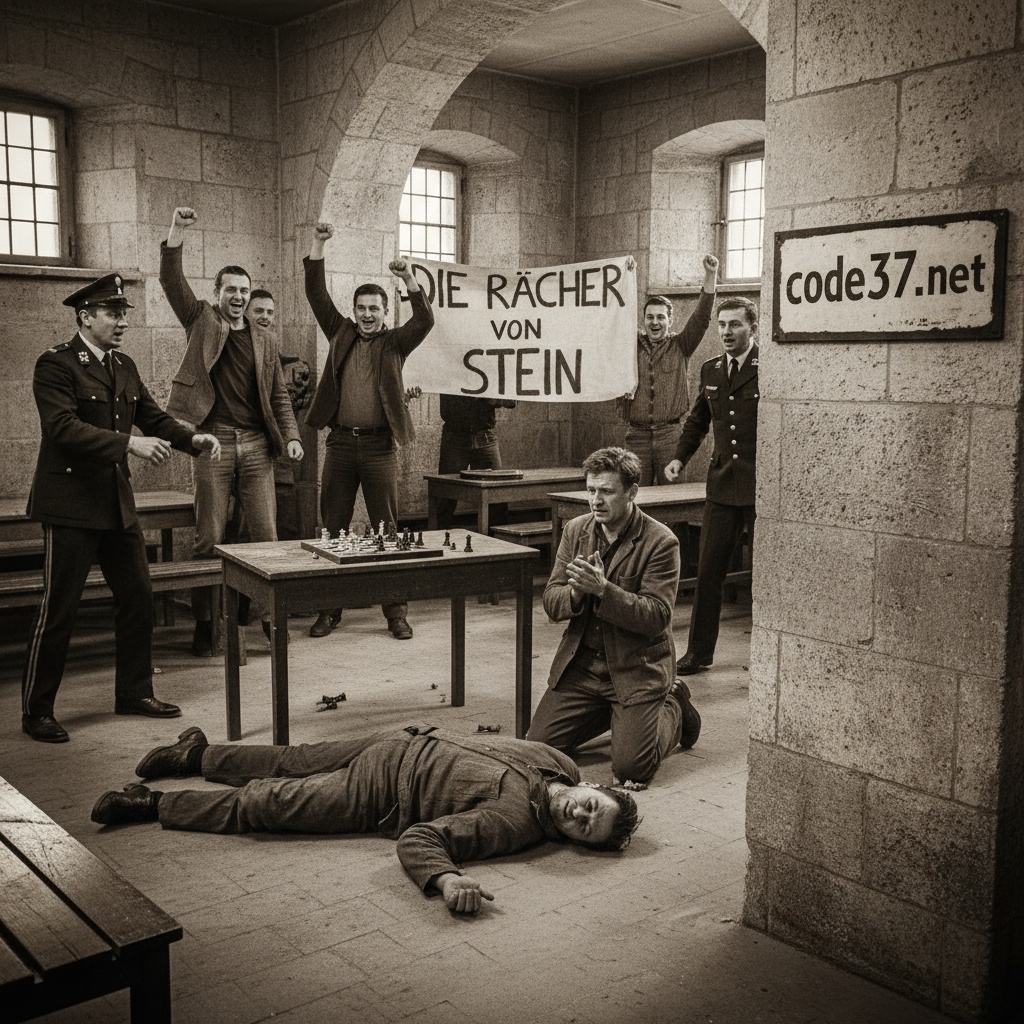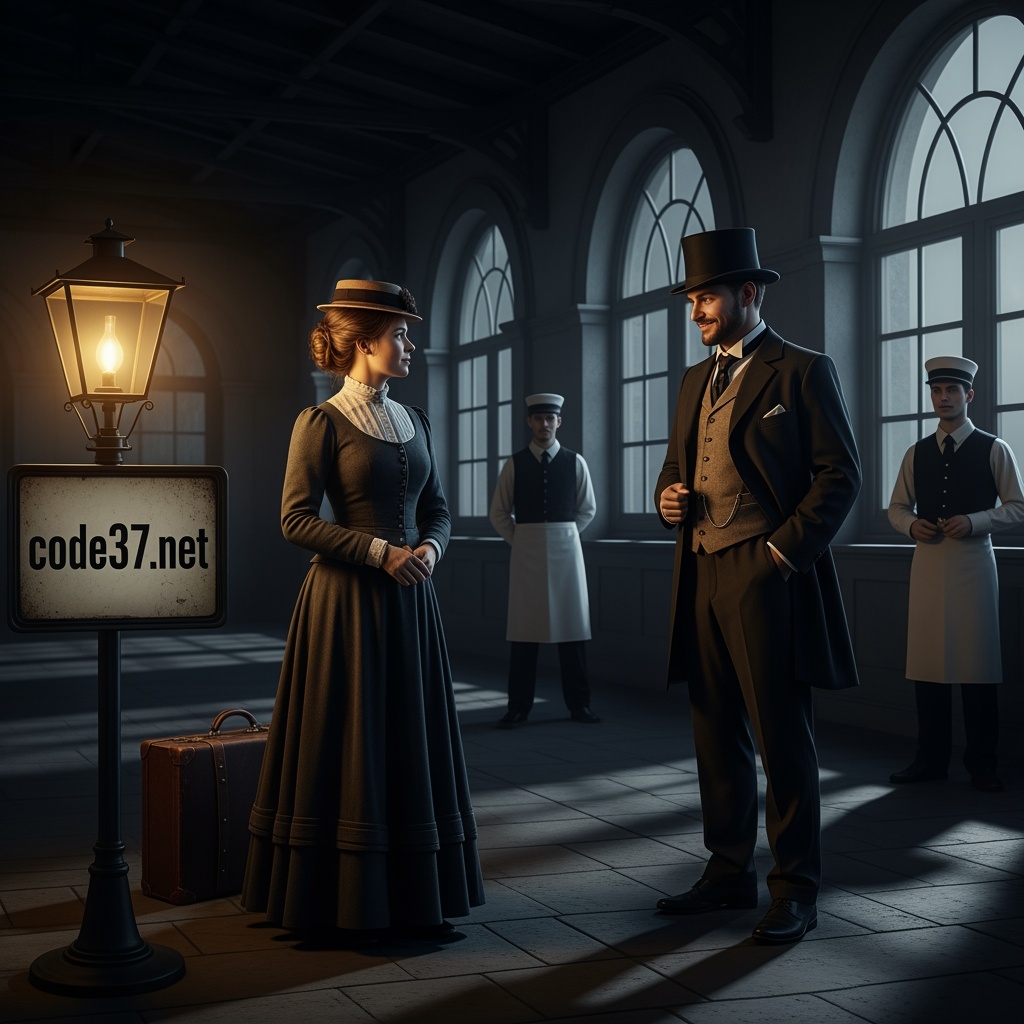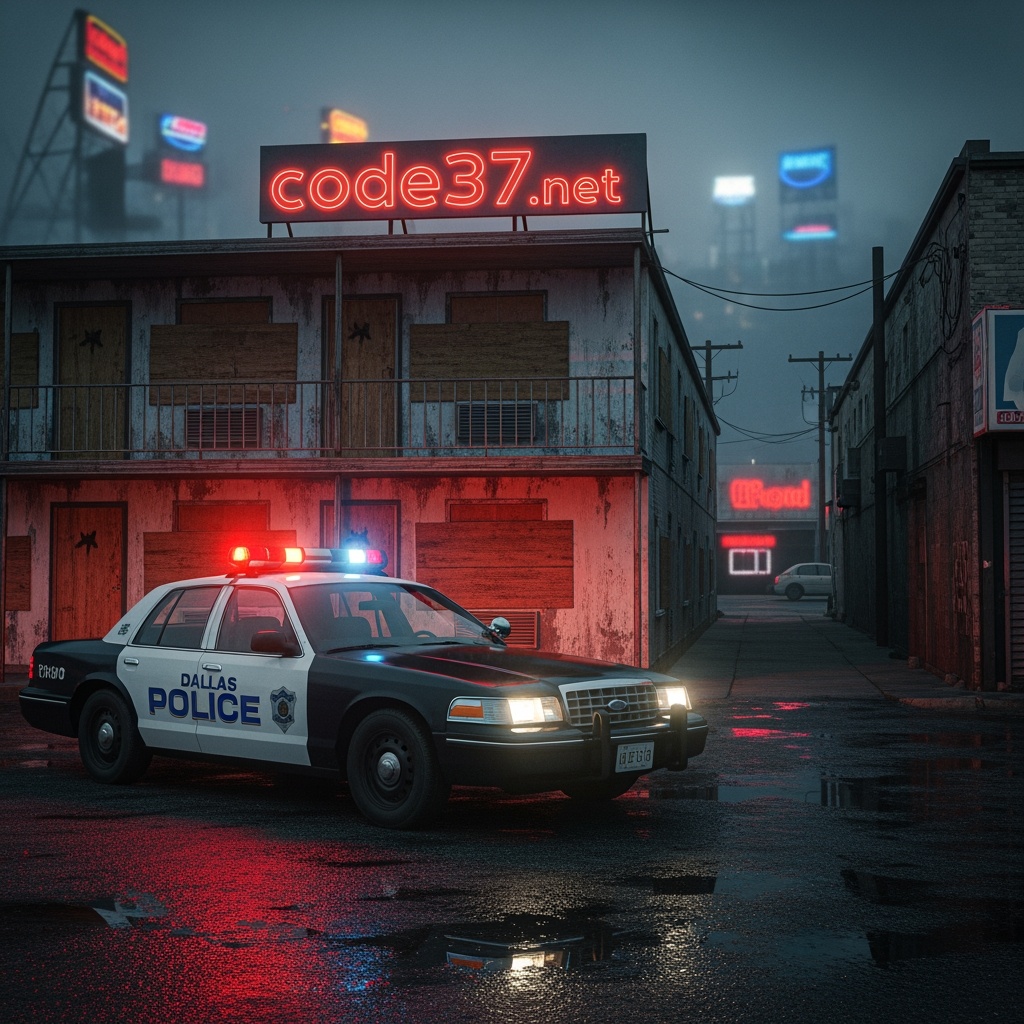
A police officer, of all people, became a victim of his own legal system. On April 16, 1968, 24-year-old police officer Ernst Karl shot and killed two burglars in the garage of the Tivoli department store in Vienna’s 12th district, Meidling, with his service pistol. Ernst Karl testified that he had acted in self-defense. He had observed the two men entering the garage while on patrol and followed them because of their balaclavas. When they noticed him, one of them started shooting at him. He fired back in self-defense. Ernst Karl fired a total of seven shots. One of the two burglars was 24-year-old Walter Pöttler, who died instantly. His accomplice, 21-year-old Johann Kihsl, died in the ambulance. Ernst Karl was initially celebrated as a hero until the autopsy report was released. It revealed that the burglars had been shot at close range. Ernst Karl’s version of events could therefore not be true. But why would he have shot the burglars for no reason? In the meantime, two women had appeared at the scene of the crime and gone to a parked car in front of the garage. The police officers at the scene questioned the two women. One claimed to be the owner of the vehicle. She said it had been stolen from Schönbrunner Straße during the night and that she had discovered it here by chance. Since the police officers found this version suspicious, they took the two women to the police station. There, they stated that they were friends with the two men who had been shot and had lent them their car, which their friends had used to transport the cash box containing the day’s takings from the department store garage. One of the women, named Susanne Lehner, reported that her acquaintance Johann Kihsl had received the tip from a police officer. This police officer had deliberately left a note at the construction site opposite the department store, on which the best time for the break-in was noted. In fact, this note was found, on which the time 1:05 a.m. was noted. When Susanne Lehner was confronted by the police officer Ernst Karl, she recognized him immediately and testified that Johann Kihsl had received a pistol from him as a gift. Ernst Karl was confronted with these statements and initially denied everything. Then he admitted that he had planned the burglary together with Kihsl and Pöttler and was supposed to stand guard in uniform at Vivenotgasse. But instead of waiting there, he had followed them to the garage. He suddenly felt threatened by them and shot both of them in self-defense. However, the investigators did not believe this. Due to the psychological pressure, Ernst Karl suffered a nervous breakdown. A day later, he confessed to murdering the two burglars because they had blackmailed him. Now the whole terrible truth finally came to light. What no one knew was that Ernst Karl was homosexual and had been blackmailed by both of them. In 1968, homosexuality was a criminal offense in Austria. Paragraph 129, Section 1 of the Criminal Code stipulated that “unnatural sexual acts, i.e., a) with animals, b) with persons of the same sex” were to be punished as crimes. This Paragraph 129 1 b was not repealed until 1971. Ernst Karl had become a double murderer out of fear of losing his livelihood. He had issued Kihsl a traffic ticket during a traffic stop. When Kihsl, who was himself homosexual, saw Ernst Karl with his lover in a men’s café a few days later, he began blackmailing Ernst Karl and his friend. Ernst Karl had to pay Kihsl sums of 1,000, 2,000, and 5,000 schillings. His lover was relieved of 10,000 schillings. But that was not enough for Kihsl. When Ernst Karl could no longer meet Kihsl’s demands, he tried to take his own life with 20 sleeping pills. The suicide attempt failed and Ernst Karl was admitted to a psychiatric clinic. After his release, Ernst Karl was supposed to rob a post office together with Kihsl and Pöttler. Ernst Karl was able to talk them out of it. He gave Kihsl a pistol in return. But Kihsl then suggested robbing the Tivoli, and Ernst Karl gave in. On the evening of the robbery, he followed the two men into the garage. When they turned around, he shot them. Then he went to Kihsl, took his pistol, and fired a shot to make the situation appear to be self-defense. Ernst Karl was sentenced to life imprisonment in Stein prison for the double murder, where he met the sex murderer Johann Rogatsch, who had raped and murdered the student Ilse Moschner. He befriended the troublemaker, who was hated by all the inmates because he had informed on some of them during prison breaks. Both were passionate chess players. But on January 15, 1974, tragedy struck. As usual, the two met at 1 p.m. for a game of chess until 1:45 p.m., when the alarm bells rang. When the officers ran into the prison’s recreation room, Johann Rogatsch was lying dead on the floor. Ernst Karl had strangled him with his bare hands because he wanted to force him to escape from prison and then attacked him. He had acted in self-defense. The inmates celebrated Ernst Karl for the murder of Johann Rogatsch, who was now given the name “Avenger of Stone” by them. After the crime, he was transferred to the high-security wing of the prison. Over the years, Ernst Karl developed severe schizophrenia, which was treated with psychiatric care and medication. On June 14, 2001, he had a severe seizure in which he trashed his cell and broke his own nose. The doctors were only able to subdue him with a sedative injection. He was taken to a double-locked single cell, where he was strapped to a restraint bed to prevent self-harm. This was inhumane treatment, which the Council of Europe classified as torture and which has been banned in Austrian prisons since 1994. Despite being checked every half hour, Ernst Karl suffered an intestinal obstruction. However, he was unable to make himself heard because he was restrained and probably died in unimaginable pain. At 7:03 a.m., staff found him lifeless, although according to the autopsy, he had already been dead since 5:30 a.m. The death of Ernst Karl was then covered up. However, a photo of the dead prisoner with a nasal tamponade and a trickle of blood on his face was leaked to Falter magazine, which published it. There was widespread outrage, but it changed nothing. The public prosecutor’s office had long since dropped the case of torture of a prisoner. The Ernst Karl case was thus finally closed.



